-
Posts
53,466 -
Joined
-
Last visited
-
Days Won
631
Content Type
Profiles
Forums
Events
Posts posted by Subdeacon Joe
-
-
36 minutes ago, Hardpan Curmudgeon SASS #8967 said:
There was an old argument that women outlived men 'cuz they didn't have wives....

What's interesting is:
QuoteAI OverviewYes, research suggests that lesbian couples have a higher divorce rate compared to both heterosexual couples and gay male couples. Studies indicate that lesbian couples are more likely to divorce, with some research showing divorce rates significantly higher than those of other relationship types.Here's a more detailed breakdown:-
Possible contributing factors:While the exact reasons are still being researched, some possible factors include higher relationship expectations among women, faster progression into marriage, or unique communication dynamics within lesbian relationships.
-
No simple explanation:It's important to note that there's no single, definitive answer to why lesbian couples experience higher divorce rates. Sociological and psychological factors likely play a complex role.
-
Higher divorce rates:Studies consistently show that lesbian couples experience higher rates of divorce or relationship dissolution compared to both heterosexual and gay male couples.
-
Specific figures:Some data suggests that lesbian couples may divorce at a rate two to three times higher than gay male couples or heterosexual couples.
So it looks like it's not men that are the problem.
-
 1
1
-
-
4 minutes ago, watab kid said:
i was temporarily blocked from posting to this site - i dont think i said anything offensive and im back on now so if i did i want a moderator to communicate with me about what it was so i can refrain from doing it again , i NEVER EVER want to be offensive here or anywhere , its never my intent nor desire to ever offend anyone , i have opinions as we all do but i try to temper my posts accordingly no matter how strongly i feel ,
i hope someone will tell me vit was something that affected the site - not just me - that prevented my being able to post or respond , my biggest concern was that i had made a sale on this site and couldnt communicate the tracking number of my shipment , i think its gone thru tonight as it seems im able to post tonight as usual ,
but - let me know if it was me , or a site issue - i will revise my activity as required if its me ,
Site was down. Lots of us said to ourselves, "What did I do to be blocked????"
Wasn't any of us, just the site needing more coffee. Or something.-
 1
1
-
 1
1
-
-
-
-
Good stuff, Maynard! I've made versions of this when I played in the SCA. A little goes a long way. Pairs well with port or single malt.
-
 1
1
-
-
Easy to tell that it's fake. The capons and quockerwodgers won't make it public. And especially won't contact people by text or phone call. They want to catch people unaware so they can bray about gun owners not being law abiding citizens.
-
 1
1
-
-
-
Anyone here?
-
 1
1
-
 1
1
-
 2
2
-
-
A culinary treat from the 1950s
1 whole SPAM
1 3 oz package cream cheese (softened with a little milk)
1 tsp. lemon juice
1 tsp. grated onion
1 tbsp minced parsley
1/4 tsp. salt
Mix all ingredients except for SPAM. Spread between slices. chill 4 hours (or longer; overnight if desired). Slice and serve. Good with deviled eggs or potato salad.
-
Ugly plane.
https://en.wikipedia.org/wiki/Couzinet_10
Couzinet 10 3-view drawing fromNACA Aircraft Circular No.77
-
 1
1
-
 2
2
-
-
The first 2 articles i found about this seemed like overreacting to stupid, young, bored soldiers doing stupid, young, bored soldier things. Mildly offensive, but nothing really damnning.
Stuff like
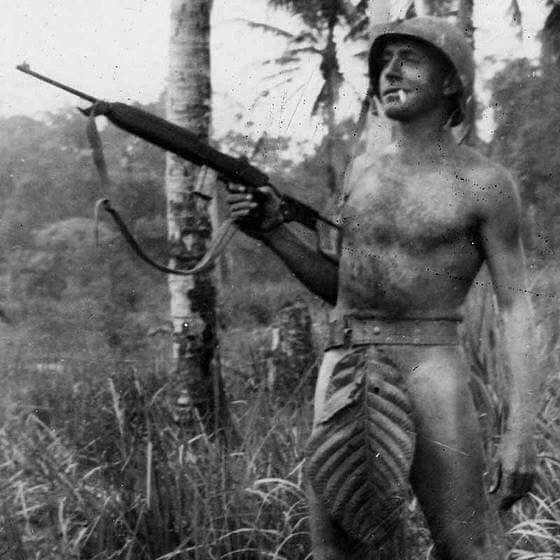
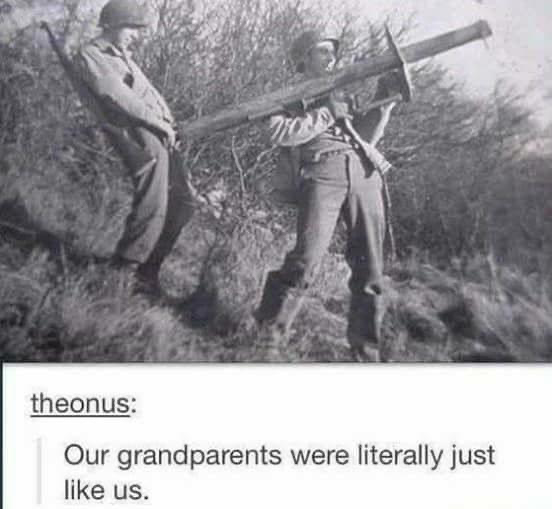
But then I read 2 more that went into more detail. I'll agree, beyond the pale.
-
 1
1
-
-
46 minutes ago, Forty Rod SASS 3935 said:
Sorry, but that doesn't tell me how to make the bacon jam in the first place.
A couple to get you started. I've seen 'em with only a handful of ingredients, on up to a dozen. Don't trust a receipt that tells you to cook the bacon in the oven, or that tells you to pour off all but 2 TBS of the bacon fat (OK, if there is like a cup of fat in the skillet you'll want to drain off about half of it, otherwise leave it).
Always use shallots and onions. Try red onions rather than sweet onions, or both. Heck, for less sweetness use regular yellow or white onions.
https://www.thekitchn.com/sweet-savory-bacon-jam-recipes-from-the-kitchn-193505
https://www.learningtosmoke.com/how-to-make-bacon-jam/
I like the flavors in this one, and especially the note at the end about playing with flavors, BUT it falls into the "Don't Trust" category because it says to pour off all but 1/2 TBS of the bacon grease.
-
#OTD in 1945, USS Cod made the only international sub-to-sub rescue when it saved the crew of the grounded Dutch 0-19. The Dutch crew was so thankful that they later held a big party for the U.S. crew. The Cod commemorated the event by adding a martini glass to its scoreboard.

-
 2
2
-
 1
1
-
-
-
-
-
2 hours ago, Barry Sloe said:
Put the blueberry syrup in a small sauce pan, start warming, add a little cornstarch to thicken (add small amounts and stir in).
Just reduce it, no need for cornstarch.
Or use an electric hand mixer and blend it into some softened butter.
I like it in coffee with cream. Not the compound butter, just the syrup
-
A couple of days ago, just for laughs, and because I have several large bags of frozen corn from the Food Bank, I asked one of the AI programs for a receipt using Bratwurst, Frozen Corn, and Onions. I gave me one which I got around to making this evening. My modifications are in ( italics )
Bratwurst, Corn & Onion Skillet
Ingredients:
4 bratwurst sausages (uncooked or precooked)
1 tablespoon olive oil or butter
1 large onion, sliced
2 cups frozen corn (no need to thaw)
2 cloves garlic, minced (optional)
Salt and pepper to taste
1 teaspoon smoked paprika (optional, adds nice flavor)
Fresh parsley or green onions for garnish (optional)
---
Instructions:
1. Cook the Bratwurst:
If using uncooked brats, place them in a skillet with about ½ cup of water. Cover and simmer over medium heat for 8-10 minutes, turning occasionally. (lightly brown, Add water, onions ¼ tsp padrika, cover cook 5 minutes, remove sausages, add corn to onions and water, simmer 4 or 5 minutes. Slice sausages, add back to pan, cover, cook about 4 minutes, remove lid, reduce until almost dry)
BASICALLY, I IGNORED WHAT IS BELOW HERE. COMBINED STEPS AND SHORTENED THE PROCESS.
It was GOOD. Wife said, "Whatever you did, do it exactly again. Or as close as you can."
So I opened up my Documents and added my notes.
It would make a great base for chowder. Ot just a little sour cream to cut the sweetness of the onions and corn.
Remove lid, let the water evaporate, and brown the brats on all sides with a little oil or butter.
If using precooked brats, just slice them into rounds or leave them whole and brown them in the skillet with oil.
2. Sauté the Onions:
Remove brats from skillet and set aside.
In the same skillet, add 1 tablespoon of olive oil or butter.
Add sliced onions and cook over medium heat for 5-7 minutes, stirring occasionally, until softened and lightly caramelized.
3. Add Corn & Garlic:
Add frozen corn directly to the skillet with the onions.
Stir in minced garlic (if using).
Season with salt, pepper, and smoked paprika.
Cook for 5-7 minutes, stirring occasionally, until the corn is heated through and starts to get a little golden.
4. Combine & Serve:
Slice the browned brats (if whole) and add them back to the skillet.
Stir everything together and heat for 2-3 minutes.
Taste and adjust seasoning.
-
 1
1
-
-
Only the 3rd catcher in major league history to hit a walk-off, inside the park home run.
https://apnews.com/article/giants-bailey-60e0d2e42f6768575440665be617a1d4
"It was also the first time in nearly nine years that a player has hit a walk-off, inside-the-park home run in the majors. Cleveland’s Tyler Naquin was the last to do so on Aug. 19, 2016."
It was payback
https://www.mlb.com/news/giants-phillies-walk-off-inside-the-park-home-run-repeated-from-1989
"Watch enough baseball and you'll see something you've never seen before. And if you wait long enough, you might even see it again. Or, at least, something pretty close to it."
"According to the Elias Sports Bureau, Bailey's speedy round-tripper was the first time a team won via a walk-off inside-the-park home run when trailing by multiple runs since ... wait for it ... the Phillies did it to the Giants in 1989. Same teams, roles reversed."
-
 1
1
-
-
Yep. Unfortunate timing.
-
 1
1
-
-
2 hours ago, Forty Rod SASS 3935 said:
I'd like to see how those would fit into ANY military aircraft except big cargo haulers. They're about as useful as a barb wire jock strap.
Notice that I said Dress Uniform. I suppose you went into action wearing

-
 1
1
-
 1
1
-
 1
1
-
-
-
29 minutes ago, MizPete said:
That WAS a consideration in my response. But I just can NOT. And the bit of wheat flour just smoothes out the grittiness of the corn meal.

My point is that it seems to be a generally acceptable variation. Like adding onions or corn. Both of which, if you cook them before adding to the batter, develope sugars and add sweetness.
I agree about the flour, it smoothes it out and develops gluten that makes it less crumbly.
-
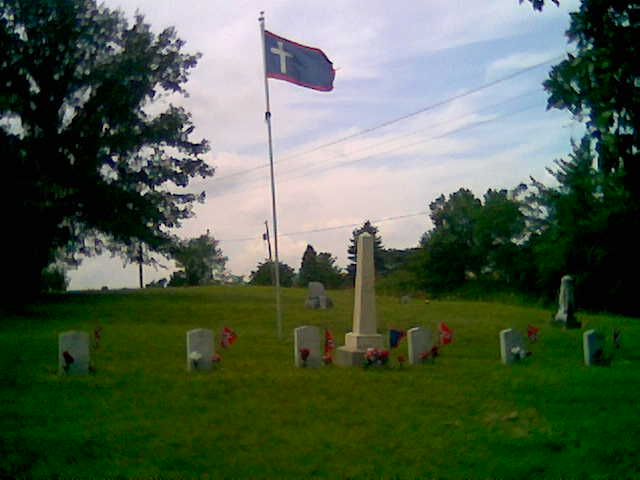

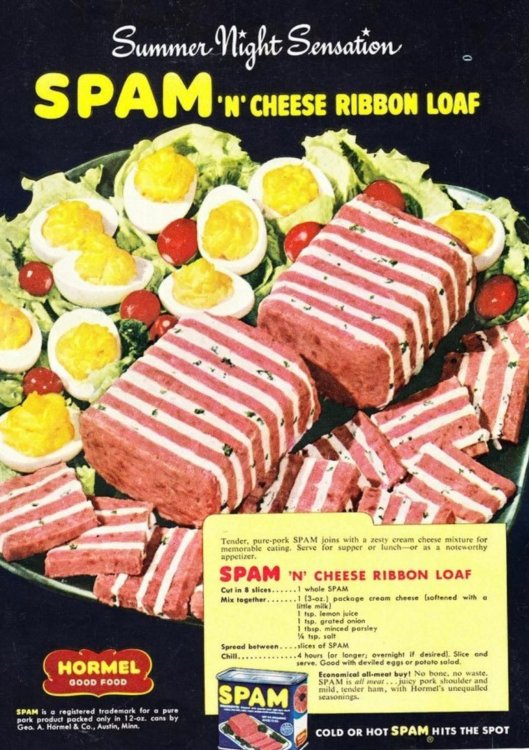
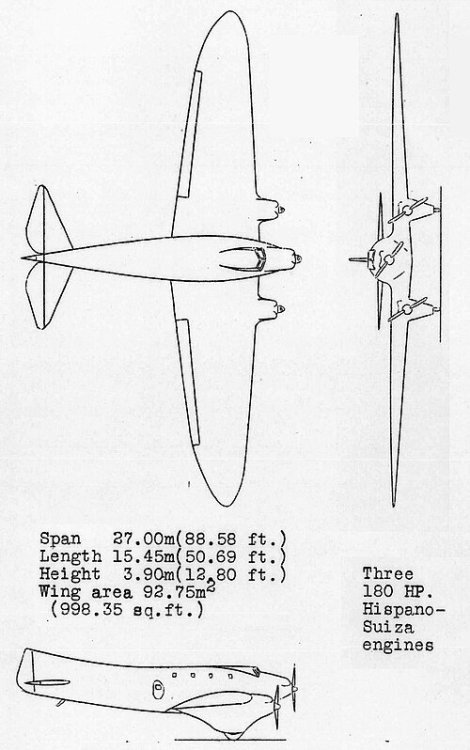

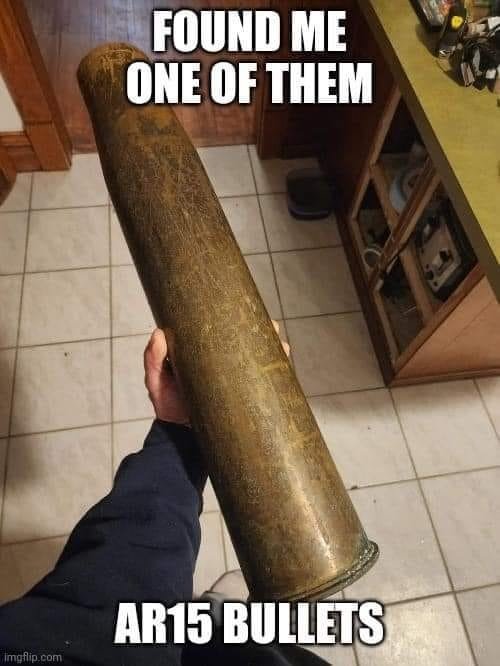
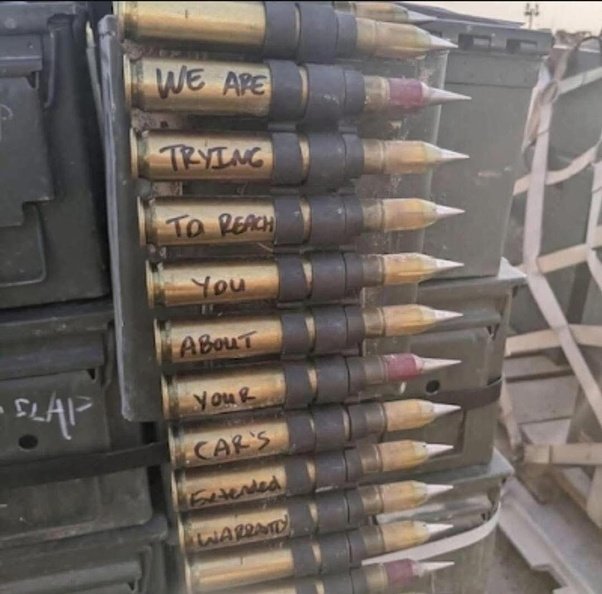
Eat like a Crusader
in SASS Wire Saloon
Posted
Well.....the Egyptians had a fruitcake ca. 2,000 BC. Greeks had a fruit & cheese bread in antiquity. Romans had something like a cross between fruitcake and panforte. Those all seem to have been offerings in religious rites.
Around AD 600 the English had "plum cake" which was a sweet, dense cake with dried fruits, nuts, and some spices. Associated with Christmas.
So, I don't think it's so much that panforte "devolved" into modern fruitcake, but it developed as a type of fruitcake that was suitable for travelers.